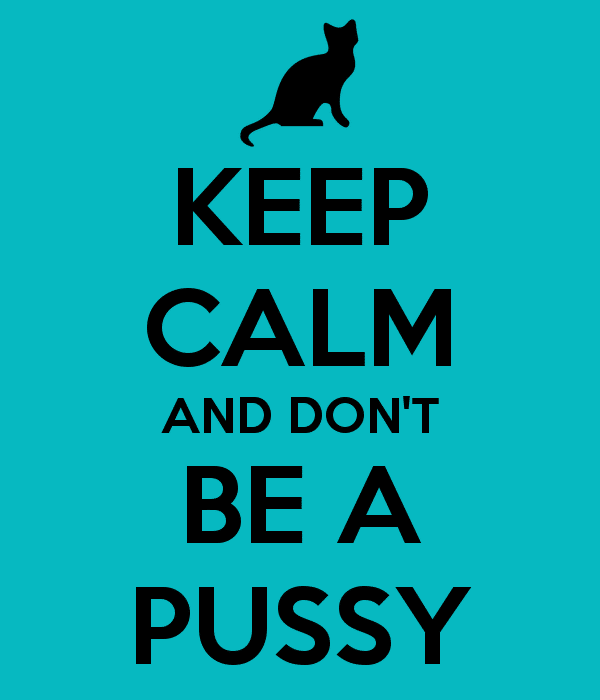
Pardon the late afternoon post, I’m rocking some kind of stomach flu today. What an interesting day – this morning, not even water could take residence in my stomach. I tried, but the water said “I’M OUT!”
Light from the universe is pretty cool. There is a large nebula that has a quaint resemblance to the North American continent (which is funny enough called The North American Nebula) that is sometimes visible on really dark nights. What makes this nebula cool is that as you filter out certain wavelengths of light (like the IR spectrum or UHC filters), our perception of the light from the nebula changes. The shape really kind of goes away altogether, but who cares – that mass of points and bands of light and color is absolutely amazing.
Check out this image – it’s a quad image from wikipedia of the North American Nebula, but with filters in place for each image:
(You have got to see this one full size. Seriously.)
This is an amazing thing – I know that there are some serious nerds who read JimOnLight.com, hopefully you all read the NASA Image of the Day gallery, this was the post from yesterday:
From the NASA Image of the Day post from October 18:
This swirling landscape of stars is known as the North America Nebula. In visible light, the region resembles North America, but in this image infrared view from NASA’s Spitzer Space Telescope, the continent disappears.
Where did the continent go? The reason you don’t see it in Spitzer’s view has to do, in part, with the fact that infrared light can penetrate dust whereas visible light cannot. Dusty, dark clouds in the visible image become transparent in Spitzer’s view. In addition, Spitzer’s infrared detectors pick up the glow of dusty cocoons enveloping baby stars.
Clusters of young stars (about one million years old) can be found throughout the image. Some areas of this nebula are still very thick with dust and appear dark even in Spitzer’s view.
The Spitzer image contains data from both its infrared array camera and multi-band imaging photometer. Light with a wavelength of 3.6 microns has been color-coded blue; 4.5-micron light is blue-green; 5.8-micron and 8.0-micron light are green; and 24-micron light is red. This image is from February 2011.
This is totally worth a few minutes, check out this video – it breaks down the nebula with visible and invisible light filters and details. Unbelievably beautiful.





